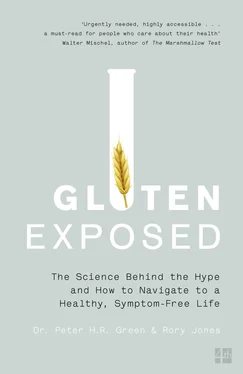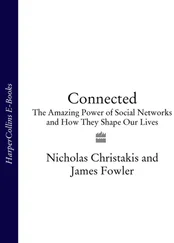In other words, the young child’s environment can be too clean to effectively challenge a maturing immune system. Frequent and repeated exposure to a variety of microbial antigens and infections may lead to a more robust, i.e., healthier immune system.
While it is well documented that avoiding germs helps prevent the spread of infections, the hygiene hypothesis suggests that we have taken this too far. And with the advent of antibiotics and the great public health efforts of the last century, the immune system is no longer required to fight germs as actively as in the past.
Scientists based this hypothesis in part on the observation that, before birth, the fetal immune system’s “default setting” is suppressed to prevent it from rejecting the mother’s tissue. This is necessary before birth—when the mother is providing the fetus with her own antibodies. After birth the child’s own immune system must take over and learn how to fend for itself. But the extremely clean household environments often found in the developed world do not provide the necessary exposure to germs required to “educate” the immune system so that it can learn to launch its defense responses to infectious organisms.
A critical part of this evolution is orchestrated by a child’s developing microbiome, and a lack of diversity—reduced by exposure to fewer germs and infections—derails the period of immune growth after birth.
The hygiene hypothesis has been implicated in the growing number of people with allergies, autism, and autoimmune diseases.
MacDonald’s Farm Had the Right Idea?
Since the hypothesis was first proposed by epidemiologist Dr. David Strachan in 1989, several studies have revealed a reduction in the sensitivity to allergens and atopic (skin) disease in children exposed to farm environments, those who have animals in their homes, and in those who have attended day care at an early age and were exposed to other children’s infections.
Several lessons have come from studies comparing populations in Russian Karelia and neighboring Finland. These two populations live in completely different socioeconomic circumstances—they have one of the largest socioeconomic discrepancies in the world—yet share similar diets and genetic backgrounds.
The researchers determined that the children in Karelia are exposed to a large variety of different microbial infections that are significantly less frequent in Finnish children. Starting in 1999, numerous studies on autoimmune and allergic diseases show an incidence of type 1 diabetes that is six times lower in Russian Karelia. The incidence of celiac disease is 1 in 496 in Karelia and 1 in 107 in Finland using identical criteria. These studies appear to indicate that environmental factors play a role in our immune reaction to microbes and in the development of allergies and autoimmune conditions. While all of the factors initiating these conditions have not been identified, the hygiene hypothesis offers an intriguing approach.
The mechanisms by which microbes can reduce the development of autoimmune disease are not well understood. They are only part of a larger autoimmune and allergic response that is also affected by your genetic makeup, and a variety of factors that occur over a person’s lifetime. It cannot be considered the sole determinant of a disease.
Before people start feeding their children from the floor or allowing them to share the dog’s bowl, it should be stressed that many researchers feel that the hygiene hypothesis is far too simplistic an approach to understanding the causes of celiac disease or any other autoimmune disease.
This hypothesis does focus attention on the impact of microbes on disease, hopefully without discouraging good hygiene practices.
BOTH ORTHOREXIA AND the hygiene hypothesis are extreme examples, yet they illustrate what can happen when individuals become mesmerized by the message, and the human body is deprived of the many forms of nourishment it requires to develop, grow, and flourish. Both advanced in the name of “health.”
What we deprive our body of is every bit as important as what we feed it.
Конец ознакомительного фрагмента.
Текст предоставлен ООО «ЛитРес».
Прочитайте эту книгу целиком, купив полную легальную версию на ЛитРес.
Безопасно оплатить книгу можно банковской картой Visa, MasterCard, Maestro, со счета мобильного телефона, с платежного терминала, в салоне МТС или Связной, через PayPal, WebMoney, Яндекс.Деньги, QIWI Кошелек, бонусными картами или другим удобным Вам способом.











